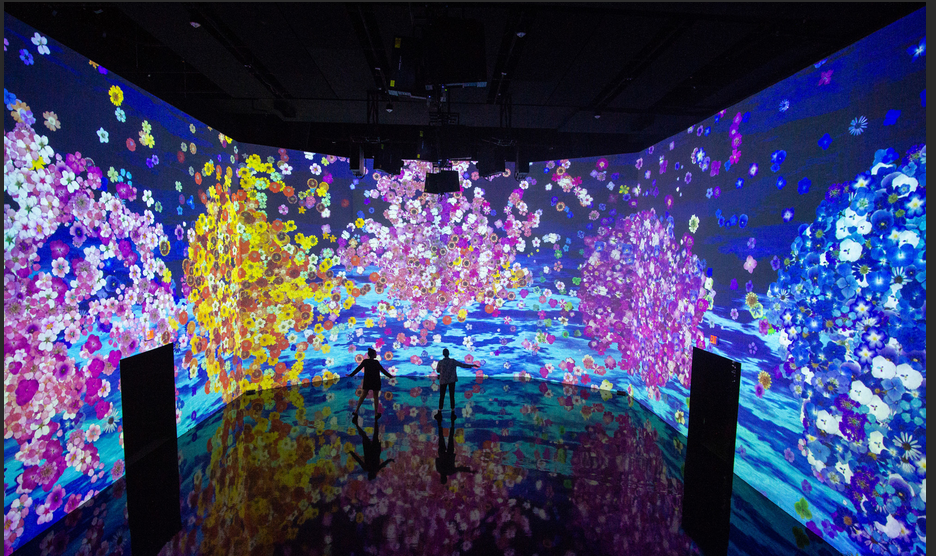Artificial Hells: Participatory Art and the Politics of Spectatorship. In this book, Bishop (2012) discussed various forms of participatory art, where the audience is actively involved in the creation or experience of the artwork.She also mentioned that the impact of participatory art on the viewer’s engagement with social issues.
As I see it, audience engagement plays a vital role in an exhibition. The aim of an exhibition is to attract more audiences, to make them think, and to leave a deep impression on them. Therefore, I intend to curate an exhibition that can evoke the audience’s empathy and reflects social issues.
Exhibiting might range from rehanging part of a permanent collection through various kinds of temporary exhibition to the staging of an event, the creation of a sequence of sites, or the orchestration of a discursive interaction, such as a public dialogue. The exhibition—in this expanded, extended sense—works, above all, to shape its spectator’s experience and take its visitor through a journey of understanding that unfolds as a guided yet open-weave pattern of affective insights, each triggered by looking, that accumulates until the viewer has understood the curator’s insight and, hopefully, arrived at insights previously unthought by both (Smith, 2012).
The word ‘care’ is becoming as present in the vocabulary of contemporary art and culture as has the word ‘curating’. After COVID19, one route by which this new understanding of care and the crisis of care has been circulated is through curated exhibitions, public programmes, and discursive and educational events. The cultural production of curators, including curation at different scales ranging from the big museum to the self-managed art space, from the global Biennale to the local cultural community centre, is always an expression, and a refection, of urgent contemporary concerns (Krasny & Perry, 2023).
Therefore, as far as I am concerned, showing your care to audiences a hot topic in recent years and it is one of the goal in curating an exhibition.
References:
Bishop, Claire. (2012) Artificial hells : participatory art and the politics of spectatorship / Claire Bishop. London: Verso.
Krasny, E. & Perry, L. (eds.) (2023) Curating with care / edited by Elke Krasny and Lara Perry. London: Routledge.
Smith, T. (Terry E.) (2012) Thinking contemporary curating. Second edition.. New York, NY, Independent Curators International.


